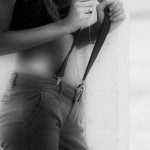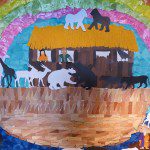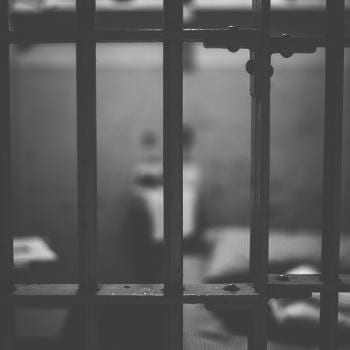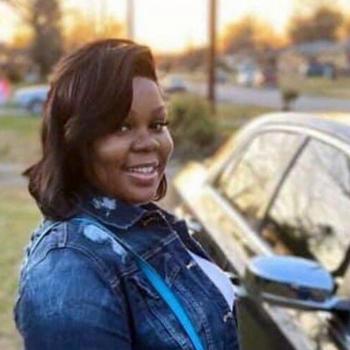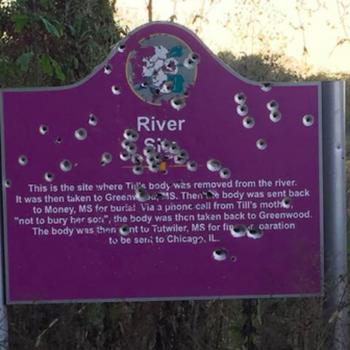Almost two weeks ago, a young French-Moroccan photographer was killed in an Al Qaida attack in Burkina Faso. According to NPR’s article on the subject, Slain Photographer Sought ‘To Give Life to the Forgotten’:
Among the 30 victims of Friday’s al-Qaida attack on a hotel and restaurant in Burkina Faso was Leila Alaoui, a French-Moroccan photographer known best for her powerful portraits of Moroccans and intimate, sensitive images of migrants and the displaced. She and her driver, Mahamadi Ouedraogo, were shot outside a restaurant in the capital, Ouagadougou.
Alaoui, 33, was based in Marrakech, Morocco, and Beirut and had traveled to Burkina Faso, a country in West Africa, for an assignment covering women’s rights for Amnesty International.
Alaoui described “The Moroccans,” a recent photography exhibition, like this:
Inspired by Robert Frank’s The Americans, and Richard Avedon’s In the American West, I embarked on a road trip across the country to photograph men, women and children of all ages, from diverse ethnic and tribal groups, Arabs and Berbers, in various urban and rural regions of Morocco.
In addition to this exhibition, Alaoui also did a series called “No Pasara” about young Moroccans dreaming of a life across the Mediterranean, and a number of other moving series highlighting the struggles of life in northern Africa and the realities of life as African migrants in France.
You can see some of the photographs Alaoui took for “The Moroccans” below:



At this point, you may be wondering why I’ve wandered so far outside of my normal blogging topic areas. Well, when I saw this story last week, I was immediately reminded of a recent story about another project involving photography of African peoples in tribal settings—the work of Hungarian journalist Boglarka Balogh.
Hungarian journalist and human rights writer Boglarka Balogh recently revealed her newest project – a series of pictures showing her transformed into seven different African tribe members.
Titled “I Morphed Myself Into Tribal Women To Raise Awareness Of Their Secluded Cultures”, Balogh’s blog post explained that the photos were intended to celebrate “stunning tribal beauties at the brink of extinction.”
Boglarka doesn’t actually use make-up to turn herself into the African women, instead working with a graphic designer to digitally alter a photo of herself, and she justified the pics by saying that she wants to “show how beauty varies across the globe and prove that all of us are beautiful in a different way”.
Yes, you read that correctly. Balogh had a graphic designer alter photos of herself to portray her likeness in traditional African clothing and accessories, complete with changed skin tone and adjusted features.
Here are some of Balogh’s photographs from her series:



The contrast between these women’s projects, and their approaches, could not be more stark. When I look at Alaoui’s photographs, I find myself drawn into the lives of her subjects. Her style of photography, her approach to her projects—it feels as though she is working to give the men, women, and children she looks at through her lens a voice. I get a very different feeling when I look at the photographs in Balogh’s series. Instead of placing the spotlight on the subjects of her photography, she used them to put the spotlight on her and inserted herself into their stories.
There are some important lessons we can draw from this contrast. When we work to support marginalized populations, where do we point our lens—at them and their stories, or at ourselves and our desire for to be patted on the back? Do we insert ourselves into conversations about the needs of these groups, or do we seek to create space for them to speak? Do we hold onto the microphone, or do we hand our microphone to those whose interests we are ostensibly promoting? Do we amplify their stories, or do we use their stories?
And now, let’s take a moment to remember Alaoui’s work in the wake of her death, to appreciate the passion and courage of her short life, and to mourn the terrible tole of terrorism in Africa. We need more Alaouis.

